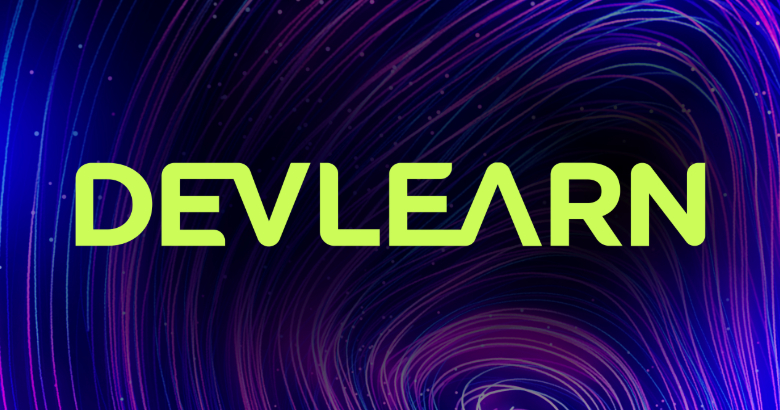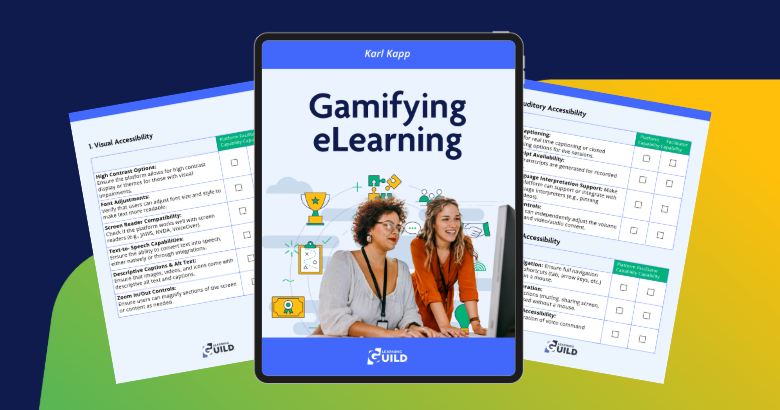Your cart is currently empty!

More about Succeeding with Artificial Intelligence (AI)

“Any sufficiently advanced technology is indistinguishable from magic.”
Arthur C. Clarke’s Third Law (Profile of the future: An inquiry into the limits of the possible, 1973)
Every week, AI seems to make leaps and bounds, and it’s truly exciting to witness these rapid advancements. As we look toward the future, it’s clear that instructional designers will need more than AI to ensure success. The development and release of AGI (Artificial General Intelligence) and the supplementation of machine learning will be key. Success will require the alignment of learning experiences through AI and Smart KPIs.
Machine learning (Wikipedia) (ML) is a field of study in artificial intelligence concerned with the development and study of statistical algorithms that can learn from data, generalize to unseen data, and thus perform tasks without explicit instructions. I will address machine learning in future articles. This article outlines critical transferable skills that employees need now to obtain the best results from AI.
Top skills employers want
These are transferable skills that in-house development efforts, third-party content, assignments, and AI can support through learning programs and assignments that build experience. According to the World Economic Forum, the top three skills needed by 2027 are creative thinking, analytical thinking, and technological literacy. AI and big data are also high on the WEF list, and so is the commitment to lifelong learning. This emphasis on continuous self-improvement is a key motivator for success in the AI-driven future.
Teach colleagues and employees best practices
Best practices and specific skills that ensure employees can work effectively with AI are essential, especially those that protect individual privacy and organizational security. Work behind firewalls.
- Prompt engineering prompts a chain of thought that leads to an outcome. It is partly art and partly science, developed through experience and the assistance of reviewers with relevant domain expertise.
- Check carefully for AI hallucinations and ensure that results reflect current information. An AI’s dataset may be six months old or older. (IYKYK) Use Retrieval Augmented Generation (RAG) with the help of your IT team.
- Experiment with variations of prompts and vary the chain of thought to ensure you give the AI the detail it needs. Optimize step by step.
- I want to emphasize protecting individual and organizational privacy. The best way to do this is to be aware of and use organization-authorized models and avoid using open-source or public LLMs. It is up to the user to be careful with models trained on customer and organization data.
- Teach users to look for and learn new AI skills relevant to their work. Professional courses from Coursera, Udacity, and Learning Guild conferences are great resources. There are also many university courses. I recommend the University of Texas offerings (disclosure: I am a Texas Ex from Austin and work for the Learning Guild).
More to come
In addition to the forthcoming article promised above, I am committed to providing content on other skills that are helpful in developing online learning. Your interest and support are greatly appreciated, and I look forward to sharing more valuable insights with you.








